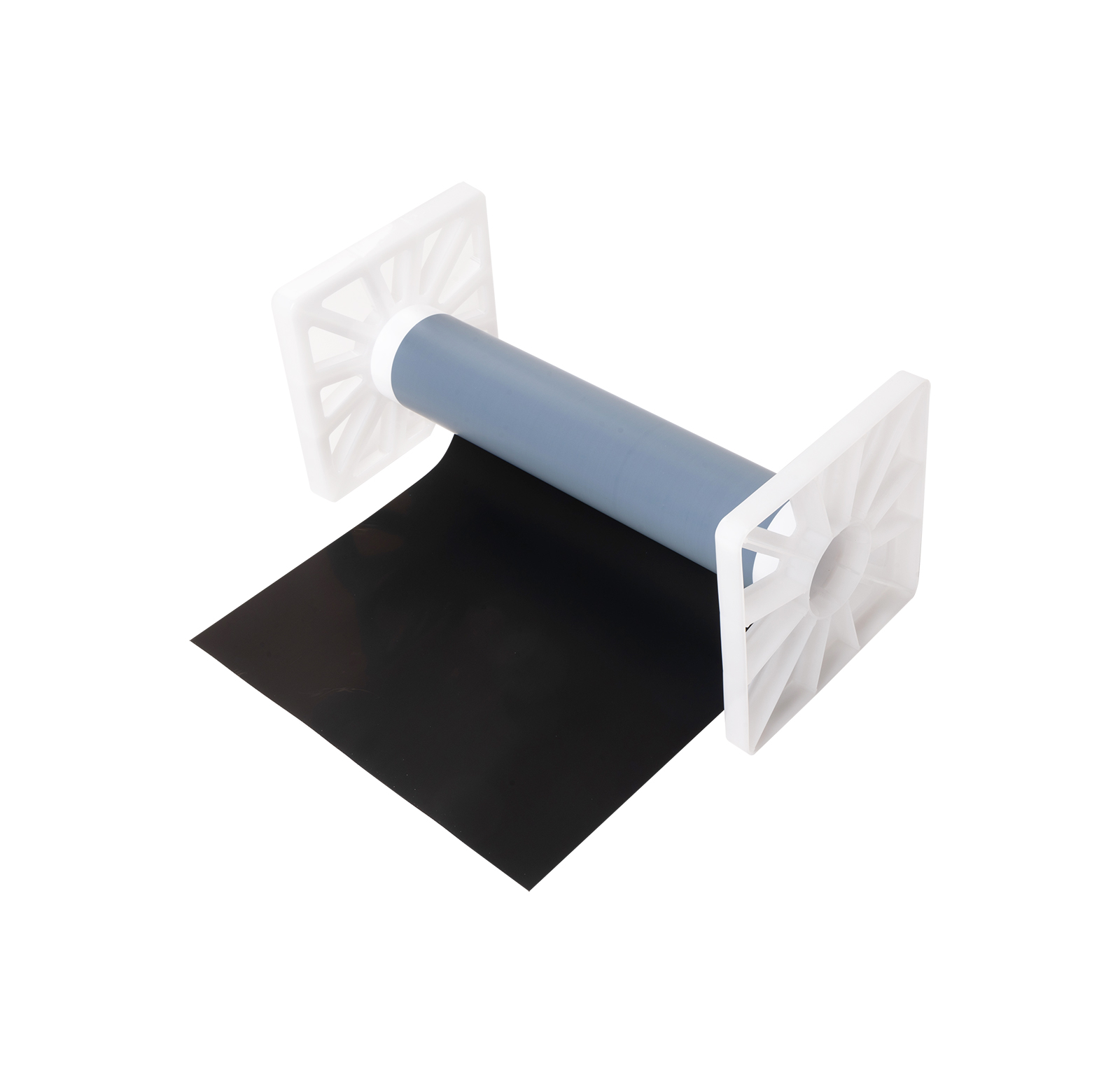Proton exchange membrane (PEM) water electrolysis has emerged as a promising technology for hydrogen production. This method offers high efficiency, compact design, and the ability to operate under dynamic conditions. A critical component of PEM electrolyzers is the membrane electrode assembly (MEA). The MEA plays a pivotal role in determining the performance, durability, and cost of the system. This article explores the structure, function, and advancements in MEAs for PEM water electrolysis.
Understanding the Membrane Electrode Assembly
The MEA is the core component of a PEM electrolyzer. It consists of three main layers: the proton exchange membrane, catalyst layers, and gas diffusion layers. Each layer has a specific role in facilitating the electrochemical reactions required for hydrogen production.
- Proton Exchange Membrane
The proton exchange membrane is a solid polymer electrolyte that conducts protons while acting as an electronic insulator. It separates the anode and cathode compartments, preventing gas crossover. Nafion, a perfluorosulfonic acid polymer, is the most commonly used membrane due to its high proton conductivity and chemical stability. - Catalyst Layers
The catalyst layers are coated onto both sides of the membrane. These layers contain noble metal catalysts, typically platinum or iridium-based materials. At the anode, water is oxidized to produce oxygen, protons, and electrons. At the cathode, protons combine with electrons to form hydrogen gas. - Gas Diffusion Layers (GDLs)
The GDLs are porous materials placed adjacent to the catalyst layers. They facilitate the transport of reactants (water and protons) and products (oxygen and hydrogen). Additionally, they provide mechanical support to the MEA and ensure uniform distribution of reactants.
Key Functions of MEAs in PEM Electrolysis
The MEA serves as the site where electrochemical reactions occur. Its performance directly influences the efficiency and durability of the electrolyzer. The primary functions of MEAs include:
- Proton Conductivity: The membrane must efficiently transport protons from the anode to the cathode.
- Gas Separation: The membrane prevents mixing of hydrogen and oxygen gases, ensuring product purity.
- Electrochemical Activity: The catalyst layers must facilitate efficient water splitting reactions.
- Mechanical Stability: The MEA must withstand mechanical stresses during operation.
Challenges in MEA Development
Despite significant advancements, several challenges remain in optimizing MEAs for PEM water electrolysis:
- Cost of Catalyst Materials
The use of noble metals like platinum and iridium significantly increases costs. Reducing or replacing these materials without compromising performance is a major research focus. - Membrane Durability
Membranes are exposed to harsh operating conditions, including acidic environments and high temperatures. Degradation over time affects system reliability and lifespan. - Gas Crossover
Gas crossover through the membrane can lead to reduced efficiency and safety risks. Developing membranes with improved selectivity is critical. - Water Management
Efficient water transport is essential for maintaining hydration of the membrane and preventing flooding in the catalyst layers.
Recent Advances in MEA Technology
Researchers have made significant progress in addressing these challenges through innovative approaches:
- Alternative Catalyst Materials
Efforts are underway to develop non-noble metal catalysts with high activity and stability. Transition metal oxides, carbides, and nitrides have shown promise as cost-effective alternatives. - Advanced Membrane Materials
New membrane materials with enhanced proton conductivity and chemical stability are being developed. Composite membranes incorporating inorganic fillers have demonstrated improved performance. - Optimized Catalyst Layer Design
Advanced fabrication techniques, such as atomic layer deposition (ALD), enable precise control over catalyst layer morphology. This enhances reaction kinetics and reduces material usage. - Improved Gas Diffusion Layers
Innovations in GDL materials and structures improve mass transport and water management. Hydrophobic coatings and tailored porosity are common strategies. - Integration with Bipolar Plates
Bipolar plates provide structural support and distribute electrical current across the MEA. Advanced designs with optimized flow fields enhance overall system efficiency.
Future Directions
To further advance PEM water electrolysis technology, future research should focus on:
- Scalability: Developing scalable manufacturing processes for cost-effective MEA production.
- Durability Testing: Conducting long-term studies to evaluate MEA performance under real-world conditions.
- System Integration: Optimizing MEA design for seamless integration into electrolyzer stacks.
- Recycling Strategies: Establishing methods for recycling precious metals from spent MEAs.
Conclusion
Membrane electrode assemblies are at the heart of PEM water electrolysis systems, determining their efficiency, durability, and cost-effectiveness. While challenges remain, ongoing research and innovation continue to drive progress in this field. By addressing these challenges, MEAs will play a crucial role in enabling large-scale hydrogen production and supporting the transition to a sustainable energy future.

